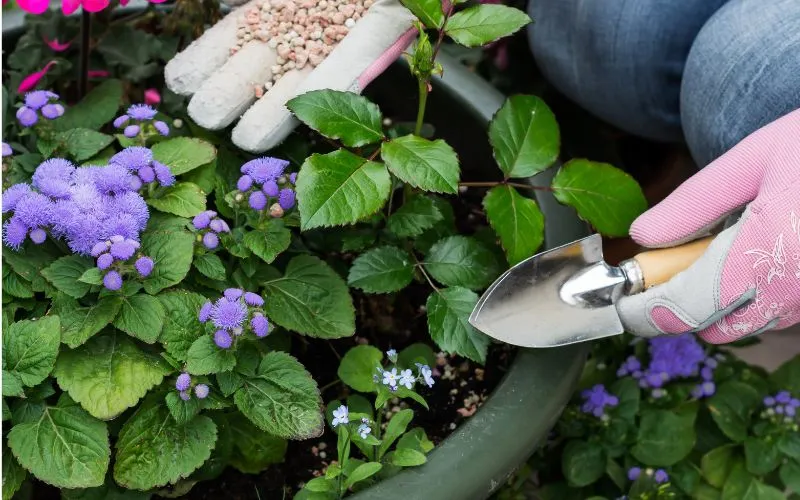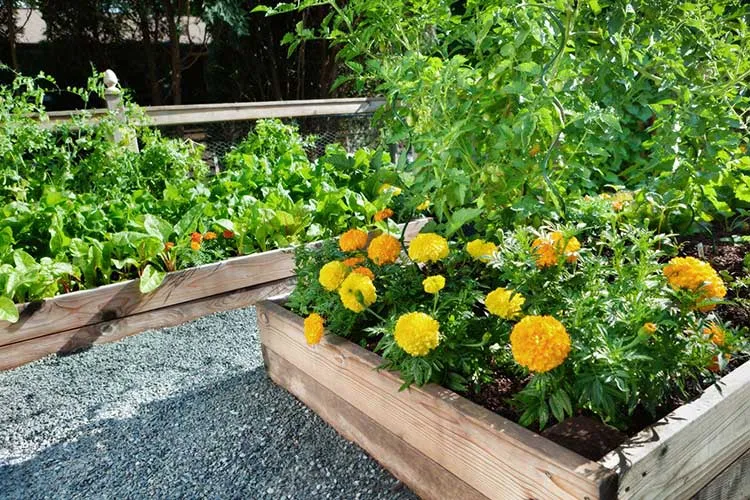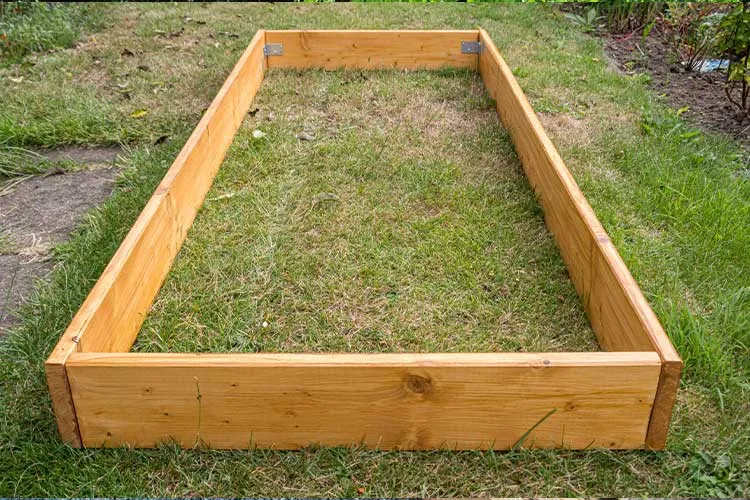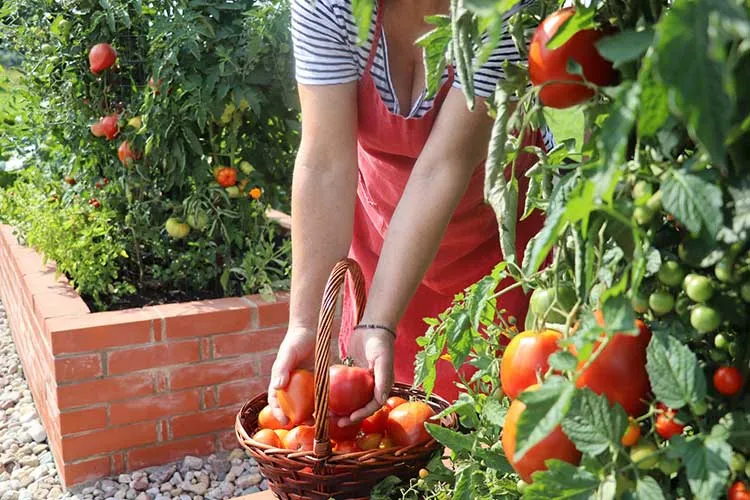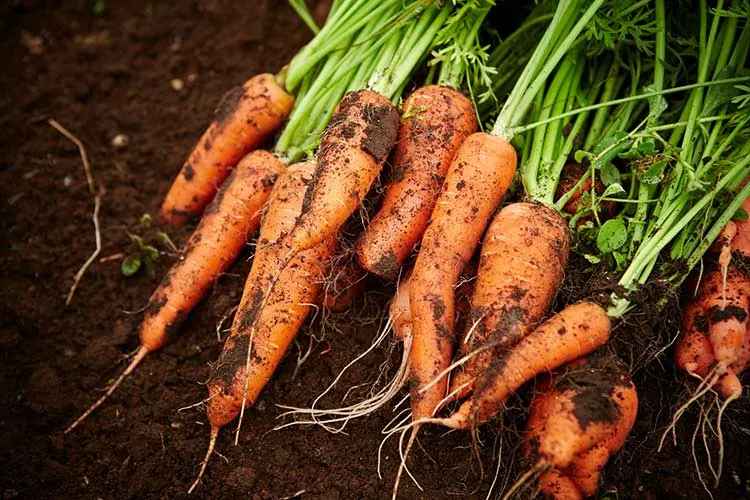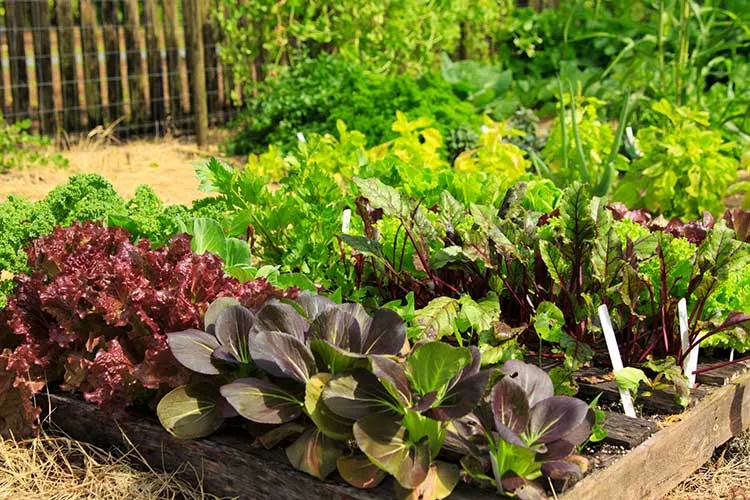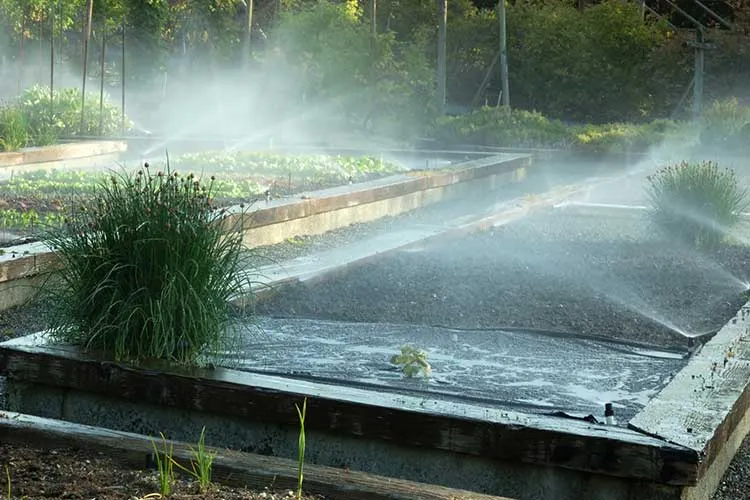Not all plant problems come from pests or watering mistakes—many are simply signs your plant needs fertilizer. If your once-thriving greenery starts looking tired, weak, or fruitless, chances are it’s not getting the nutrients it craves. Here’s a surprising fact: nearly 70% of common garden issues are caused by nutrient imbalances, not disease. That means adding the right fertilizer at the right time can quickly turn things around.
In this guide, you’ll learn how to spot early symptoms like yellowing leaves, stunted growth, or poor flowering. Recognizing these seven signals can help save your plants and boost their productivity. Whether you’re caring for houseplants, garden vegetables, or patio pots, knowing when your plants need fertilizer makes all the difference.
Pale or Yellowing Leaves (Chlorosis)
When leaves start losing their green color, it’s often a silent plea for nutrients, especially nitrogen. This type of yellowing typically appears first in older leaves, while the new ones remain green. That’s because nitrogen is mobile in plants, so it moves to the new growth and leaves the old behind.
If the veins of the leaves remain green but the spaces between them turn yellow, this suggests a deficiency in magnesium or iron. It’s a subtle but important difference that helps you pick the right fix.
Lack of chlorophyll slows down photosynthesis, which directly reduces your plant’s energy and growth. That’s why even a few pale leaves can lead to stunted development if left unchecked.
However, keep in mind that watering habits matter. Poor drainage or excessive water can block roots from absorbing nutrients, making it appear as if a deficiency is present. Always check that the root zone is healthy before you add fertilizer.
Slow or Stunted Growth
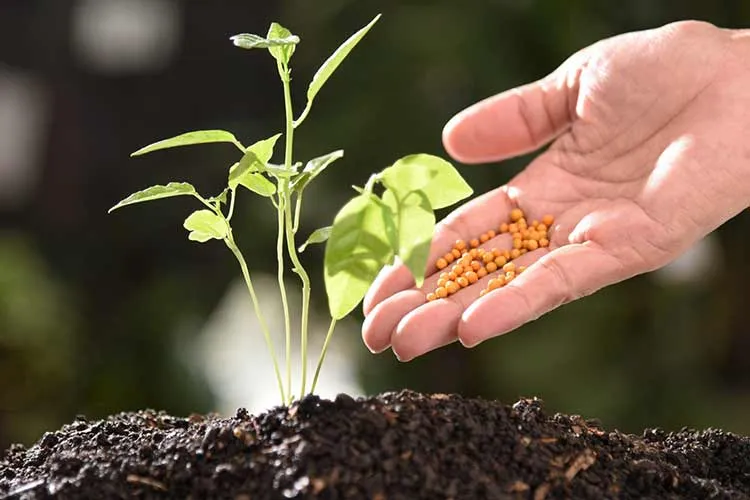
When your plant seems stuck—no new leaves, no height, just sitting there—it’s often a sign it’s not getting enough nutrients to fuel growth. Nitrogen and phosphorus are two of the main culprits. Without them, plants can’t build the energy or structure needed for fresh shoots.
You’ll often notice this through undersized leaves or shorter gaps between leaves on the stem. The plant may look compact or just “off” compared to how it normally grows.
This is especially common in reused potting soil or garden beds that haven’t been amended in a while. Over time, plants deplete the available nutrients, leaving the soil exhausted and lacking essential elements.
Even if your soil has nutrients, they may be inaccessible. Cold temperatures, especially in early spring, slow down the plant’s ability to absorb what is already present. You may still see stunted growth, even though you’ve fertilized.
Poor Flower or Fruit Production
If your plant is growing lush leaves but no flowers or fruit, it’s likely begging for a different nutrient balance. High nitrogen levels encourage leafy growth, but without enough phosphorus and potassium, blooms and fruit won’t form properly.
This is a common frustration for tomato and pepper growers—plants look healthy but never set fruit. During blooming and fruiting stages, these crops need a boost of phosphorus and potassium to develop flowers and support fruit formation.
Timing matters too. Even the best fertilizer won’t help if it’s not applied when the plant is ready to reproduce. Mid-season feeding often lines up perfectly with flowering spikes.
And don’t guess blindly. A quick soil test can confirm whether nutrients are low or if something else—like weather or pollination—is getting in the way. That way, you’re not wasting time or money on the wrong fix.
Leaves with Purple or Reddish Tint
If your plant’s leaves develop an unusual purple or reddish color, especially on the underside, it may be deficient in phosphorus. This symptom is most noticeable in young plants and seedlings that are just beginning to grow.
Cool weather can exacerbate the problem. Phosphorus becomes harder for plants to absorb when the soil is cold, even if it’s technically present. Therefore, early spring or fall crops may exhibit this tint until the soil warms up.
But not all red leaves are a problem. Some varieties—like beet greens, certain types of basil, or ornamental kale—naturally have reddish pigments. That’s why context matters when diagnosing the issue.
If you suspect a phosphorus shortfall, you can use bone meal or a bloom booster fertilizer to address the issue. These options are gentle and effective for correcting the deficiency without overwhelming the plant.
Brown Leaf Edges or Tips
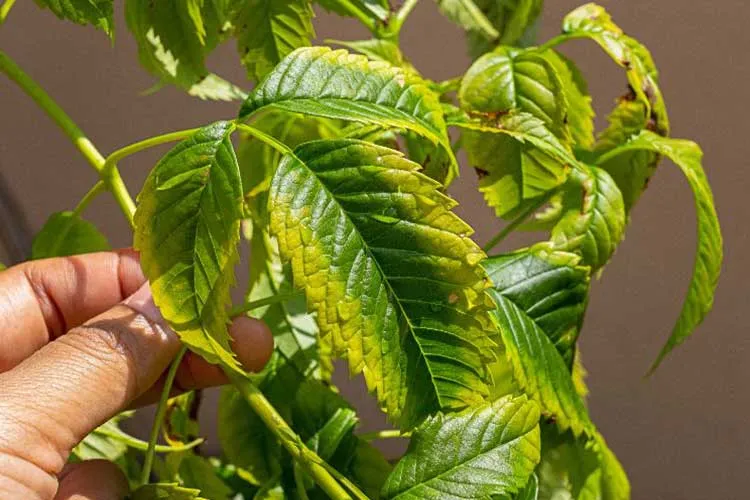
When the edges of your plant’s leaves turn brown and crispy, it’s often due to a potassium deficiency. Potassium helps regulate water movement and strengthens leaf tissue, so without it, leaf margins dry out and die off.
But here’s the tricky part—excess salts from over-fertilizing can cause nearly identical damage. If you’ve recently applied fertilizer and see browning, the soil might be too salty. In that case, flush the soil with water to help clear the buildup.
This type of damage is more common in container plants and lawns that receive regular fertilization. Small root zones and poor drainage make these plants more susceptible to damage.
Always read fertilizer labels carefully. Some blends are high in salt and require extra caution when applied, especially in hot weather or dry conditions.
Drooping or Wilting Despite Adequate Water
When your plant appears limp despite the soil being moist, nutrient deficiencies may be to blame. It’s easy to assume that wilting means the plant needs more water, but in this case, the roots can’t take it up properly.
Nutrients such as calcium and magnesium are essential for building strong cell walls. When levels drop too low, plant tissues lose their structure and start to sag—even when there’s plenty of moisture in the soil.
Another issue could be root damage. Overwatering or compacted soil suffocates roots, making it hard for them to absorb both water and nutrients. So even a well-watered plant can act thirsty.
In some cases, plants wilt during peak heat even if conditions seem perfect. If the wilting improves by evening, it may be a temporary result of heat stress. However, if the drooping persists, check for nutrient gaps or poor root health. Boosting the soil with a calcium-magnesium supplement or a gentle, balanced fertilizer can make a noticeable difference.
Weak or Spindly Stems
If your plant’s stems are thin, stretched out, or bend easily, it might be starving for nitrogen or calcium. These nutrients play a big role in building a strong structure and supporting new growth.
Light is another factor. Plants growing in dim conditions tend to stretch toward any available light. That results in tall, flimsy growth. But even with good light, a lack of nutrients can still cause the same spindly appearance.
Overdoing nitrogen can backfire, too. Excess nitrogen may cause rapid, leggy growth without the strength to support itself, especially in fast-growing plants like tomatoes or cucumbers.
To address this, use a balanced fertilizer that includes micronutrients, and ensure your plants have sufficient space. Crowded roots and low airflow exacerbate stress, increasing the likelihood of weak stems. Adjust spacing and feed your plants consistently for sturdier growth.
When Should You Fertilize? Seasonal Timing Matters
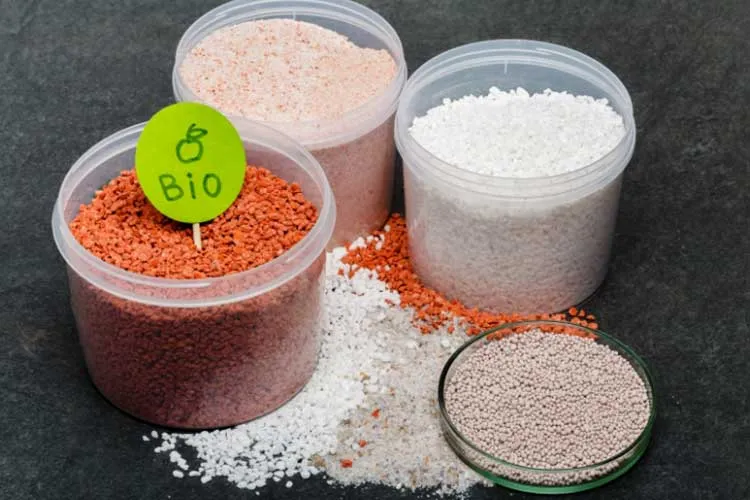
Knowing when to feed your plants is just as important as knowing what to feed them. Early spring is prime time for most plants—they’re waking up and ready to grow, so nutrients get used efficiently.
During the mid-season, fast-growing plants like tomatoes, squash, and annual flowers benefit from a second feeding to maintain momentum. This is when flowering and fruiting ramp up, and demand for nutrients spikes.
Avoid fertilizing during dormancy or heat waves. In cold months, most plants slow down and won’t use the extra food. In extreme heat, applying additional fertilizer can stress plants and even burn their roots.
Indoor plants are a little different. Since they don’t go fully dormant, they may require light feeding throughout the year. However, they do slow down in winter, so scale back to once every 6–8 weeks until growth resumes.
Choosing the Right Fertilizer for the Right Plant
Not all fertilizers work the same, and the N-P-K ratio on the label—nitrogen, phosphorus, potassium—tells you what type of growth it supports. Leafy plants, such as spinach or lettuce, thrive on nitrogen for lush, green leaves. Flowering and fruiting plants, such as petunias or peppers, require more phosphorus and potassium.
Organic fertilizers, such as compost or fish emulsion, feed the soil slowly and improve its texture over time. They’re ideal for gardeners seeking long-term soil health. Synthetic options give quicker results and are suitable for fast fixes or potted plants.
Different plants, different needs. Acid-loving plants, such as azaleas, prefer fertilizers specifically formulated for them. The same goes for succulents, citrus trees, and lawns.
Also, think about your soil. Sandy soil loses nutrients more quickly and may require more frequent fertilization. Heavy clay holds nutrients longer but can bind them up. Matching your fertilizer to both the plant and the soil helps you get better results with less waste.
How to Apply Fertilizer Without Overdoing It
More fertilizer doesn’t mean better results—in fact, it can do more harm than good. Always follow the label directions for amounts and frequency of use. Overfeeding can burn roots, damage soil microbes, or lead to the accumulation of salt.
After applying granular fertilizer, water the area thoroughly. This helps the nutrients soak into the root zone and prevents concentrated pockets from burning the roots.
Liquid fertilizers work quickly and are ideal for a rapid nutrient boost, but their effects wear off rapidly. You’ll need to reapply more often, especially for fast-growing plants or those in containers.
For a lower-maintenance approach, use slow-release fertilizers. These break down gradually, feeding your plants over time with less effort. They’re perfect if you want to set it and forget it, while still keeping your plants healthy.
Growing Guides & Pro Tip
Fastest Growing Herbs for Gardeners Who Don’t Like Waiting
Best Ways to Fertilize a Vegetable Garden Without Wasting Money

